Ag1: Light's
History:
As the largest archipelago in the world, Indonesia needed air travel to link its various islands together in a way ships could not. As Indonesia’s economy began to expand in the early 1960s, its main air links were provided either by the Indonesian military or its flag carrier, Garuda Indonesia. To allow the military to concentrate on its necessary tasks and Garuda on its international route network, the Indonesian government founded Merpati Nusantara Airlines September 1962—the name Merpati derived from the Indonesian word for dove, while Nusantara was an ancient name for Indonesia itself. Merpati was state-owned, drawing aircraft from the Indonesian Air Force and pilots from Garuda; its initial fleet consisted of deHavilland Canada DHC-3 Otters and Douglas DC-3s. Since in many cases Merpati would be operating into dirt or unimproved airstrips, these rugged aircraft were a good fit for the airline.
Over time, Merpati’s route network increased and it became as much of a regional airline throughout Indonesia as it was an “air bridge” between the outer islands of the Indonesian archipelago and the more settled islands of Sumatra and Java. Though it still maintained its “bush pilot” network with small, short-range aircraft, Merpati also acquired Boeing 737s, McDonnell Douglas DC-9s, and especially Fokker F.28 Friendships for regional work. Merpati also began offering charter flights and even international routes, using a leased 707 to become the first Indonesian airline to fly to the United States. Not wishing to acquire a rival, Garuda bought Merpati from the Indonesian government in 1978, developing Merpati’s regional links and gaining near-monopoly over Indonesian air travel.
This monopoly led to the Indonesian government deregulating its airlines, with Merpati split off from Garuda in 1997. Unfortunately for Merpati, this put it into competition with new startups with more modern equipment and lower prices, as well as foreign competitors breaking into the Indonesian market. With debts mounting, the Indonesian government took over Merpati, once more making it a state-owned airline.
Even this was not enough, and in 2011, Merpati requested both a government bailout as well as a new fleet of airliners to replace its aging fleet. The new type chosen was the Comac ARJ21, China’s entry into the regional jet market, but the ARJ21 project was subject to constant delays and questions over its safety. Maintenance problems caused Merpati to land on the EU’s banned list, leaving the airline not only unable to operate (for practical purposes) outside of Indonesia, but causing customers to shy away from the airline. In 2014, Merpati suspended operations and its fleet remains grounded as of this writing, its future very murky indeed.
PK-MLT was ordered as a L-100-30 for Merpati in 1982. It served with the airline until 1995, when it was taken up by the Indonesian Air Force, which still flies it today. This model is built from a standard C-130H (L-100), not the stretched L-100-30.
Specifications
Spotlights
- atzh 6.9 years ago
General Characteristics
- Successors 1 airplane(s) +7 bonus
- Created On Android
- Wingspan 76.8ft (23.4m)
- Length 61.7ft (18.8m)
- Height 21.5ft (6.6m)
- Empty Weight 23,406lbs (10,617kg)
- Loaded Weight 23,406lbs (10,617kg)
Performance
- Power/Weight Ratio 1.44
- Horse Power/Weight Ratio 0.17
- Wing Loading 28.3lbs/ft2 (138.2kg/m2)
- Wing Area 827.1ft2 (76.8m2)
- Drag Points 17077
Parts
- Number of Parts 230
- Control Surfaces 5
- Performance Cost 1,013

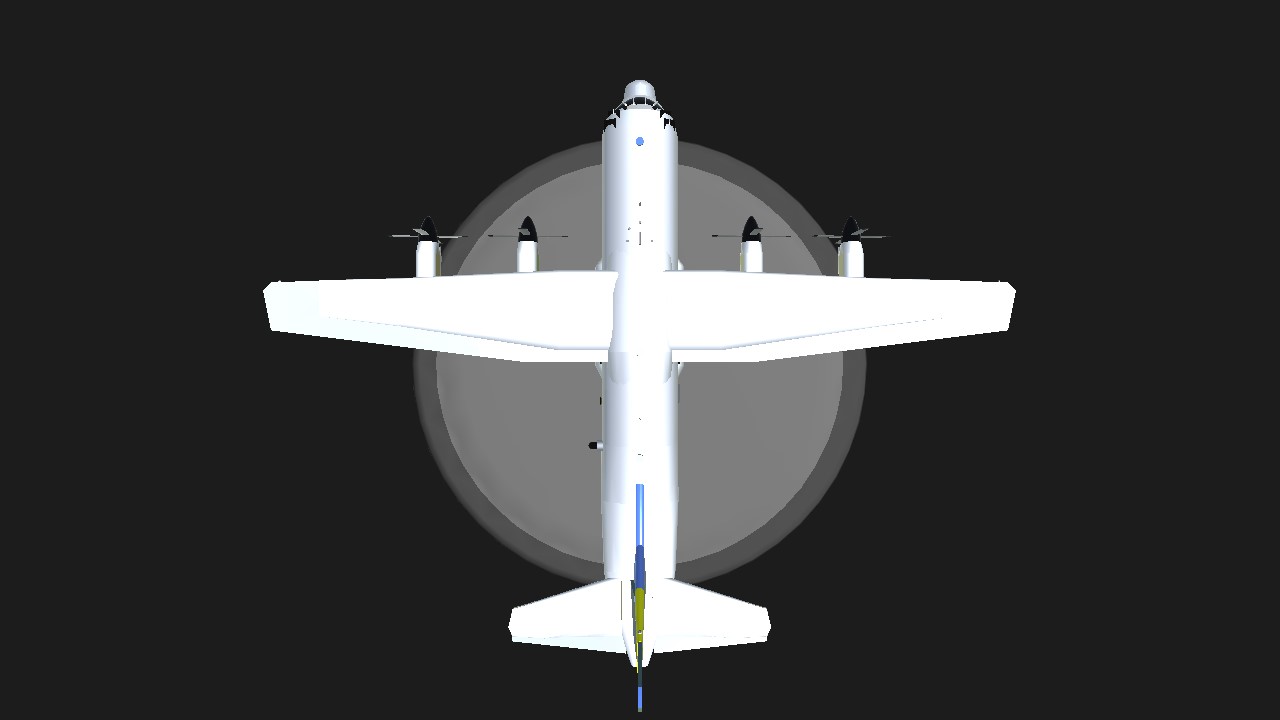
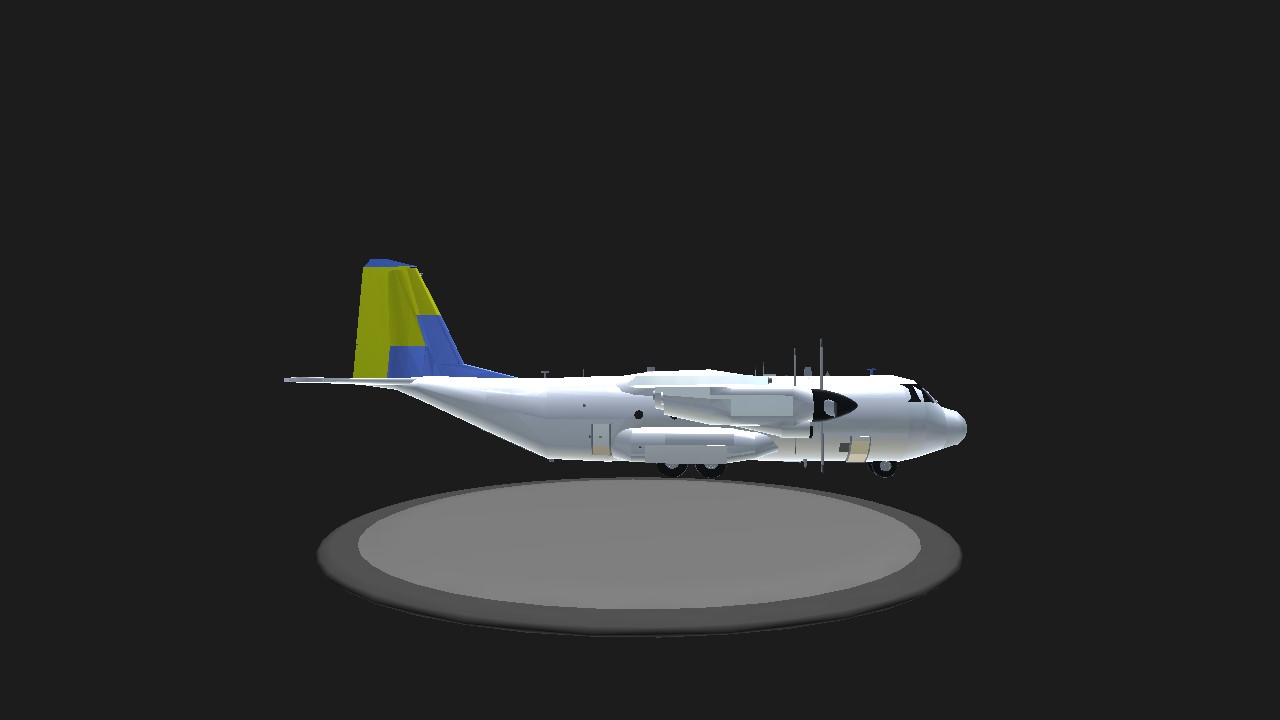
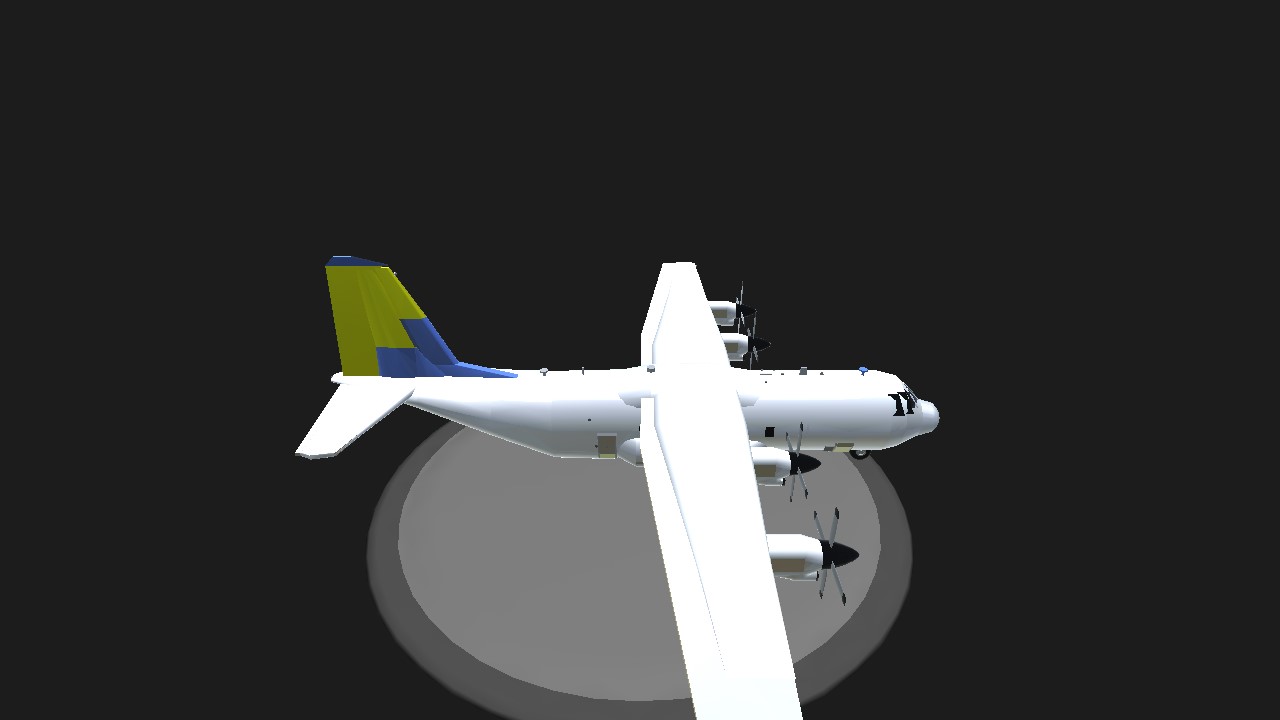
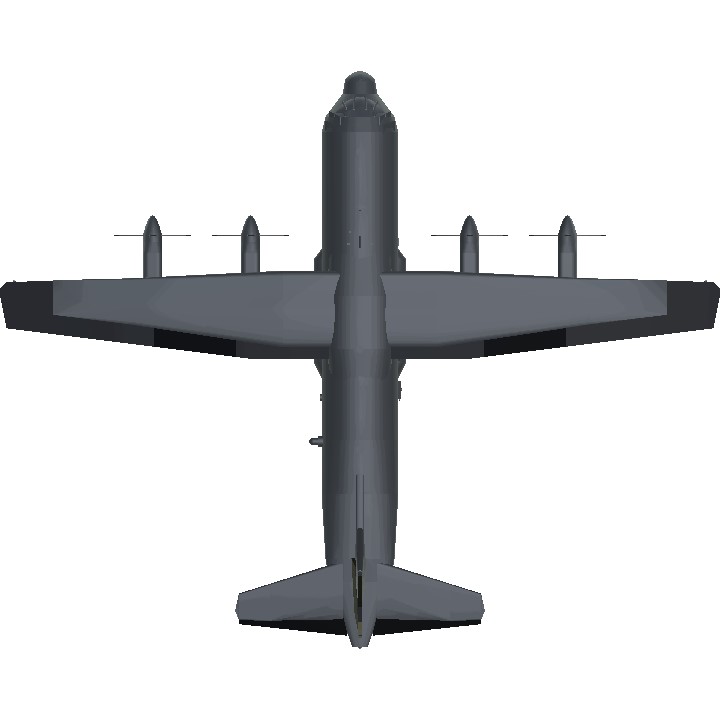
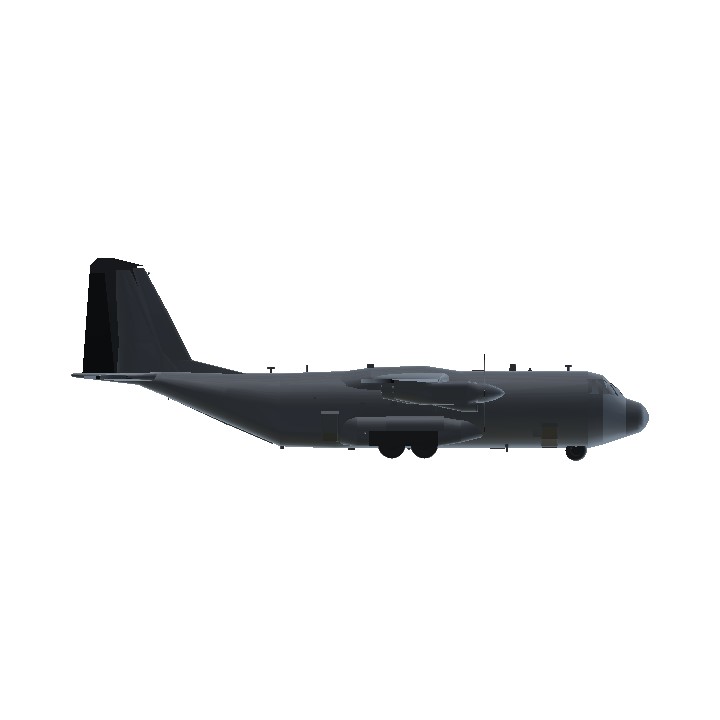
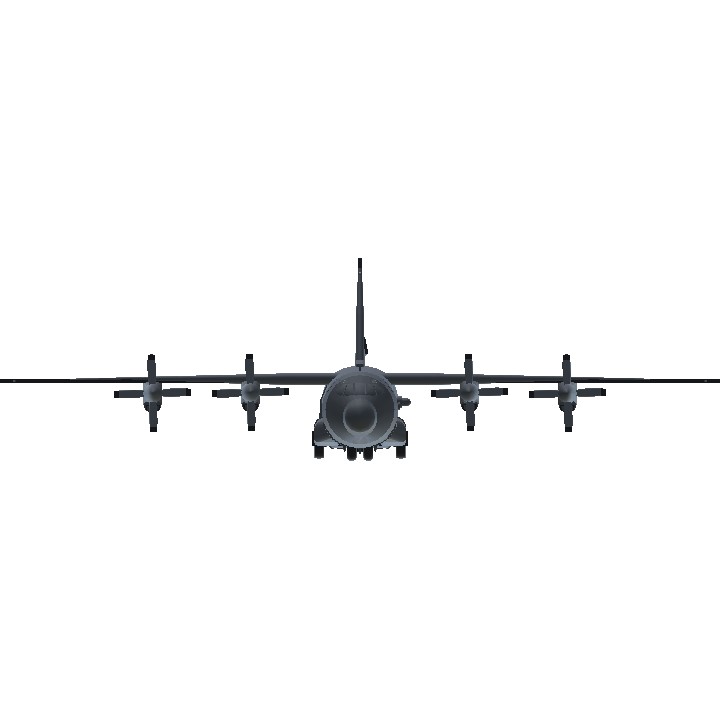
@atzh thank you
Wow!very good